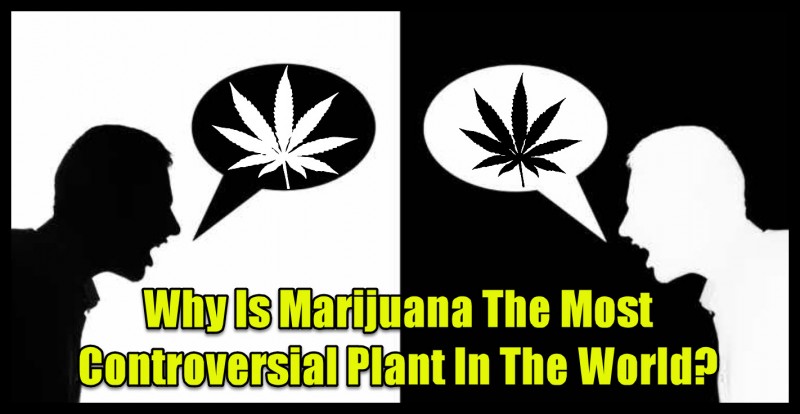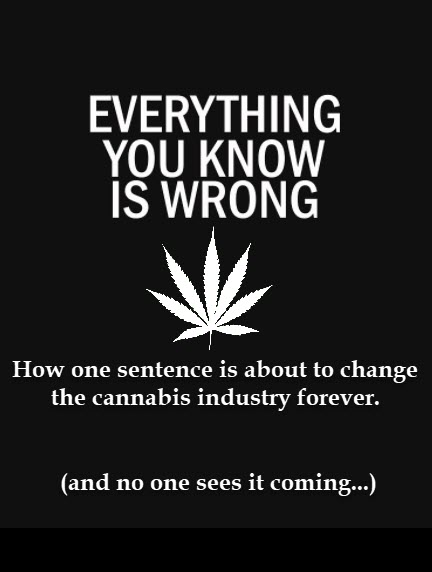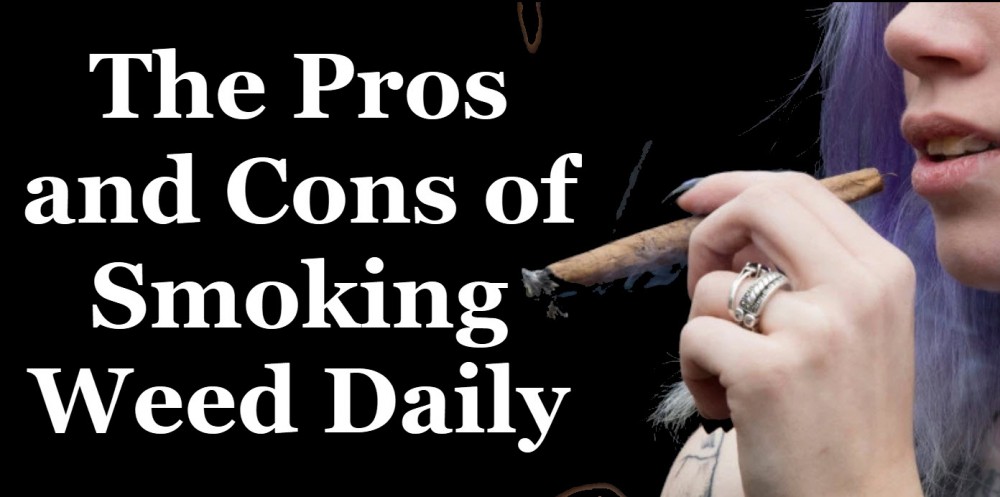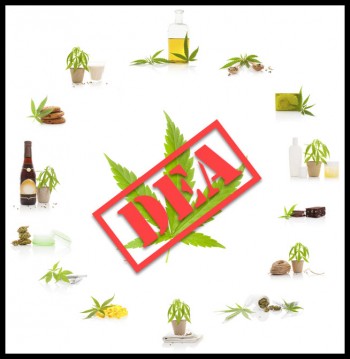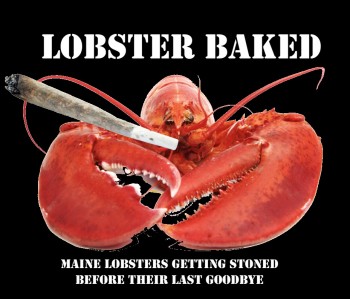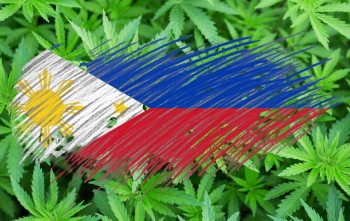Why Is Marijuana The Most Controversial Plant In The World?
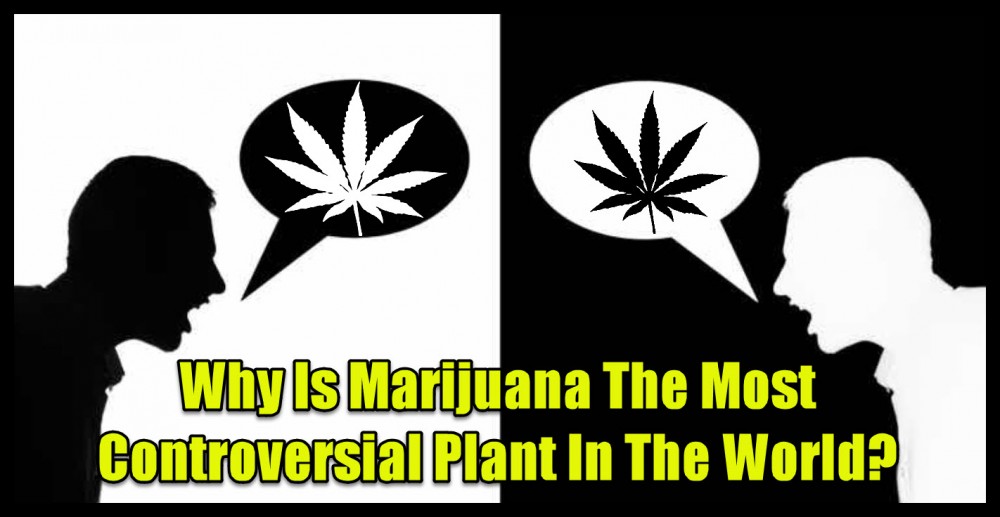
LSD. Ecstasy. Heroin. Cocaine. Mushrooms.
Out of the many drugs in this world, both natural and man-made, certainly nothing has ever been as controversial as marijuana.
In the United States alone, for decades people have been brainwashed to think of cannabis as a drug that will make you go crazy and do stupid things. As a Schedule 1 drug in the Controlled Substances Act, cannabis is in the same category as cocaine, LSD, and heroin; drugs that are KNOWN for its high potential for abuse and having no therapeutic benefits.
In other countries around the world, pot is still demonized and illegal.
However, cannabis has been used as medicine since ancient times, recognized for both efficacy and safety in treating dozens of ailments that plague mankind. During the early 20th century, cannabis products were manufactured by the Big Pharma companies of the time: Merck, Pfizer, and Ely Lilly. It was not uncommon for physicians and doctors to routinely recommend these medications to their patients for female issues, epilepsy, mental illness, migraines, worms, and many more. Pot was also the aphrodisiac of choice, and the natural solution for treating sexually transmitted diseases. The Antique Cannabis Book states that around 6% of pharmaceutical drugs during the turn of the century had cannabis in it; it came in many forms including topicals, tablets, and tinctures.
During the 1930s, when the prohibition of alcohol ended, Harry Anslinger, then Director of the Bureau of Narcotics and Dangerous Drugs, organized a campaign with only one intention: to demonize cannabis. It was during this era when cannabis was also widely being used as a recreational drug by southern jazz musicians, who referred to it as reefer.
In fact, if you trace the history of cannabis prohibition, you will come across the name of Harry Anslinger many times. Why did his work against cannabis have such a lasting impact on how the drug is seen in the world today? For one, he was the Federal Bureau of Narcotics’ first commissioner; the agency was responsible for setting up the structure of the Drug Enforcement Administration (DEA) as we know it today. In other words, Anslinger mapped out the plan for the war on drugs.
Anslinger took his seat in 1930 right after alcohol prohibition ended, and he stayed in power for some 32 years. Although some have records of him saying cannabis was no big deal in the past, and that its ability to make people crazy was an “absurd fallacy”, all that changed when he took over the Federal Bureau of Narcotics.
“From the moment he took charge of the bureau, Harry was aware of the weakness of his new position. A war on narcotics alone – cocaine and heroin, outlawed in 1914 – wasn’t enough,” writes author Johann Hari in his book called: Chasing the Scream: The First and Last Days of the War on Drugs. “They were used only by a tiny minority, and you couldn’t keep an entire department alive on such small crumbs. He needed more.” As a result, Anslinger was devoted to eliminating every drug in the United States including pot. He was influential enough that after a few years, the Marijuana Tax Act of 1937 was passed, a law that prohibited the sales and possession of cannabis.
The law also resulted in the removal of cannabis from the US Pharmacopoeia in 1941, a publication that physicians as well as laymen used to in order to find out information about many pharmaceutical drugs including pot, because it was used as medicine.
Anslinger referred to some 1920’s newspaper stories that claimed cannabis use made people violent or psychotic. Then he went on radio to tell people that young kids are “slaves to this narcotic, continuing addiction until they deteriorate mentally, become insane, turn to violent crime and murder.” He made special mention of Victor Licata, a young man who axed his family to death, allegedly under the influence of pot. But years later, it was proven that Licata suffered from mental illness and there was no evidence he actually ever used cannabis.
No Scientific Evidence
It’s likely that Anslinger’s hunger for power, and greed, is what fueled him to go after cannabis so aggressively. None of his statements were supported by scientific evidence of any kind.
By 1970, the Controlled Substances Act (CSA) was passed by US Congress. The act spawned the creation of a system that would regulate all kinds of psychoactive drugs, with five categories ranging from Schedule I to V. The rating system assessed drugs based on their therapeutic and medical value, the potential for abuse, and safety. The same levels are still being used today.
All of this while alcohol and tobacco are completely legal in all 50 states! The most harmful and poisonous substances known to man are legal. In most countries around the world.
Naturally, with all the current controversies about cannabis, the negative hype, and the absence of updated research at the time, marijuana was unjustly placed in the Schedule 1 category. Nixon, the president at the time, was asked to comment about why cannabis was placed in the Schedule 1 category. So he asked experts to evaluate the evidence behind how cannabis works.
The Commission on Marihuana and Drug Abuse published their findings in a paper called: Marihuana: A Signal of Misunderstanding, which proved that cannabis definitely did not meet the criteria reserved for drugs in Schedule 1. However, all this was only ignored by Nixon, and cannabis stayed forbidden.
The Alliance For Cannabis Therapeutics
Despite everything, there were still some people who knew that the government was wrong about cannabis and that it did help treat diseases.
In the 70’s, a Washington man named Robert Randall was growing cannabis at home, for which he was arrested. He used it for treating his glaucoma. He endured long battles at the federal court, but he was found not guilty since he was successful in proving that marijuana was the only medicine effective enough in addressing his condition to prevent blindness. Randall had a law firm, which helped him get into the Compassionate Investigational New Drug program, which allowed him to free receive cannabis in cigarette form, from the federal government.
The source of the pot was the University of Mississippi, who was responsible for growing cannabis so that the National Institute on Drug Abuse (NIDA) could research its side effects.
But this wasn’t enough for Randall; in 1981, he established the Alliance for Cannabis Therapeutics (ACT) together with his wife. The objective of ACT was to help patients legally obtain access to pot. A few years later in 1992, the AIDS epidemic struck the country and the IND saw so many applications from HIV-positive patients. This was the beginning of many battles from the educated public, who struggled to obtain access to medicine.
The same battles are still ongoing today. The DEA and other federal bodies still refuse to budge and change their stance on cannabis. It’s 2019, and cannabis is still a Schedule 1 category, despite a majority of states already having legalized cannabis for medicinal purposes. Even though all states with medical cannabis laws legally have the right to confront the federal government with facts proving the medicinal benefit of cannabis. But the federal government can withdraw federal funding support from states, so among other reasons, no state to this day has ever been able to do that.
Big Pharma
Let’s not forget the role that Big Pharma has to play in propagating the lies that cannabis isn’t medicinal. Pharmaceutical companies have a LOT to lose: $18.5 billion can be slashed from their pockets if cannabis is legalized in every single one of the US states.
Patients suffering from cancer, chronic pain, neurodegenerative diseases, and many more illnesses that feed Big Pharma’s pockets could all turn to cannabis instead for safe medicine that wouldn’t have any side effects. So it’s no surprise why they’re fighting so hard against legalization.
Additionally, lack of federal funding for cannabis research puts healthcare professionals between a rock and a hard stone. Even though many medical associations have voiced their support for cannabis and recognize its safety, at the end of the day it’s still a Schedule 1 substance so they risk losing their licenses if anything goes wrong. To make matters worse, a great deal of physicians don’t feel confident enough to recommend cannabis due to the lack of formal education and training around the topic. On the other hand, pharmaceutical drugs are more widely accepted due to the numerous studies that clearly outline its uses as well as interactions, side effects, and many more. We don’t have the luxury of that knowledge when it comes to cannabis.
Patients and medical professionals have no choice but to seek out the studies themselves, and the internet has MANY – many of which are also conflicting in their findings. It is only through understanding the science itself that we, ordinary people, as well as patients and doctors, can help fight the stigma and make cannabis an accepted drug. Knowledge is key to fighting the stigma and no longer making cannabis as controversial as it once was.
OTHER STORIES YOU MAY ENJOY...
REMOVED FROM THE CONTROLLED SUBSTANCE LIST CHANGES IT ALL, CLICK HERE.
OR..
THE PROS AND CONS OF SMOKING MARIJUANA EVERYDAY, CLICK HERE.
